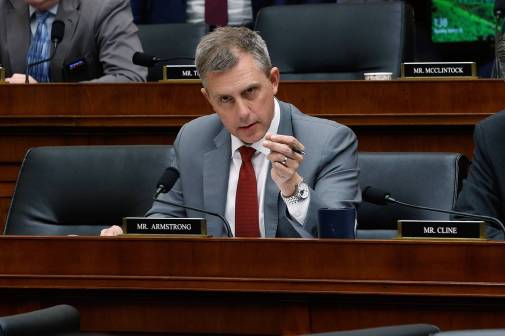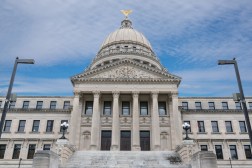Election Day primer for governor races
Tuesday’s elections have received seemingly scant attention around the country, beyond a few high-profile congressional races and telltale signs of what lies ahead for the next presidential election. But for state governments and the state government technology community, the stakes could not be higher.
With 36 governorships up for election — including eight where the incumbent has either decided not to run or is term-limited — states will surely see a number of new faces soon leading them. And along with them will come a new set of policies and ideas on how to run state governments.
That’s also likely to mean changes in state technology leadership. New governors typically bring in their own person to guide the state’s technology direction. To help prepare for the election outcome, StateScoop tried to make sense of some of the latest polling numbers and identify what changes may be coming. All numbers come from political tracker Real Clear Politics.
Who is safe: Let’s start with the easily ones. On the Democratic side, Jerry Brown in California and Andrew Cuomo in New York appear to be locks, keeping continuity in two of the biggest state technology spends in the county. For the Republicans, Robert Bentley in Alabama, Terry Branstad in Iowa, Brian Sandoval in Nevada, John Kasich in Ohio, Dennis Daugaard in South Dakota, Bill Haslam in Tennessee and Matt Mead in Wyoming all appear to be easy winners.
Who is likely safe: While not shoe-ins, Real Clear Politics believes Democrat Peter Shumlin in Vermont and Republicans Butch Otter of Idaho, Susana Martinez of New Mexico, Mary Fallin in Oklahoma and Nikki Haley in South Carolina will retain their seats. The site’s analysts also expect Democrats Mark Dayton in Minnesota and John Kitzhaber in Oregon to return as well, but see them facing a tougher challenge.
Toss-ups: Now here’s where things get interesting. Going into Tuesday, as many 14 races could go either way, including a number of key states for the government technology community, particularly Florida, Illinois, Massachusetts, Maryland and Connecticut. Other states that could go either way include Alaska, Colorado, Georgia, Kansas, Maine, Michigan, New Hampshire, Rhode Island and Wisconsin.
The Florida race is drawing particular IT interest as incumbent Republican Rick Scott is deadlocked with former Gov. Charlie Crist. The winner will pick the permanent head of the state’s new Agency of State Technology, which was established earlier this year after the state went more than three years without an overarching technology agency.
New faces: While a lot can still happen with the open races, Real Clear Politics has already picked three people it believes will be new governors when the election is over: Republican Greg Abbott is expected to win the Texas governorship easily over Democrat Wendy Davis in what will be the state’s first new governor in 14 years after Rick Perry decided not to seek re-election again.
It also appears that Democrat David Ige will win the seat in Hawaii over Republican Duke Aiona where he will replace Neil Abercrombie, a popular governor in information technology circles for his role in pushing to modernize the state’s technology footprint but an unpopular one among citizens as he lost in the primary’s in his bid for re-election.
The final change comes in Pennsylvania where Democrat Tom Wolf appears set to unseat incumbent Republican Tom Corbett by a substantial margin. Wolf holds a 12-point lead heading into election day and confirms early speculation that, of all the governors, Corbett was most likely to lose his seat.






